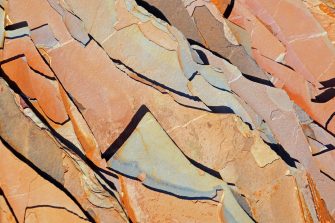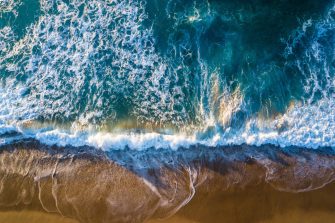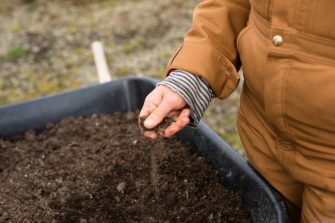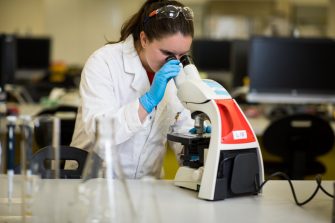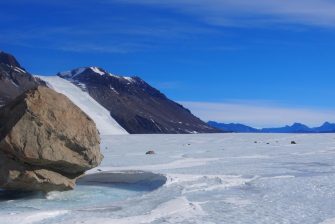
About
The ESSRC Palaeoecology Lab uses a variety of palaeoenvironmental techniques to examine climate change/variability, human impacts and ecosystem response to such perturbations. Our research predominantly involves quantifying the characteristics and fossil components of sediments accumulating in lakes or swamps (mires) to consider past biotic and environmental information. The analysis of undisturbed and well-dated sediment sequences (we use 14C, 210Pb and 137Cs radiometric dating) allows consideration of change, and environmental processes and trends can be examined over a variety of time scales. The (often) longer temporal perspective (cf. documentary/instrumental records or monitoring/experimentation) results in a better understanding of the functioning of earth systems, the examination of cause and effect, environmental variability and may shed light on human-environment interactions.
Palaeoecological reconstruction can be based on any environmental proxy that is sensitive to the environmental processes under examination. The ESSRC Palaeoecology Lab uses a multi-proxy approach: we are interested in any component (biotic, chemical or physical) of sediment that can provide information on past climate, climatic variability or human activity or impact. Nonetheless, we have particular expertise in pollen analysis (palynology) to examine past vegetation, charcoal analysis to quantify past fire activity and testate amoebae to reconstruct past moisture availability. We routinely also quantify sediment physical characteristics (organic content, geochemistry, particle size, mineral magnetics, spectral reflectance, humification). The Palaeoecology Lab is particularly focused on the post-glacial period (since the Last Glacial Maximum, about 20,000 years ago), but this has expanded through time to include the entire last glacial cycle (since Marine Oxygen Isotope Stage 5e ~120,000 years ago).
-
Our research is strongly interdisciplinary. By definition, palaeoecology is interested in the interactions between organisms and their environment and hence ecology (especially plant ecology) is naturally a cognate discipline. We also interact with Quaternary science and sediments, bringing us into the orbit of geology and other geosciences. Our research on human impacts means we work with archaeologists, environmental historians and other social sciences, and our research on past climate is relevant for climatologists and climate (and earth system science) modellers.
Research in the ESSRC Palaeoecology Lab has always had a strong focus on the application of palaeoecological techniques to contemporary environmental issues and natural resource management. This has included the quantification of post-European environmental change (Mooney & Dodson, 2001; Dodson & Mooney, 2002), the application of pollen analysis to re-vegetation programs (Bennett & Mooney, 2003), and we have a particular research focus on several unresolved and contentious issues regarding the prehistory/history of fire in humid landscapes of eastern Australia. This ‘palaeofire’ focus has been hugely productive and it’s within this field that the UNSW Palaeoecology Lab has built a national and international reputation.
People
-
The Palaeoecology Lab is led by A/Prof. Scott Mooney. Scott is a geographer with a specialty in the research area of biogeography/Quaternary science. A selection of Scott's research is available here and in Google Scholar here.
If you're interested in the research undertaken in the PANGAE Palaeoecology Lab, please contact Scott on s.mooney@unsw.edu.au.
-
-
2001 to 2005 Dr Nicola Franklin
(co-supervisor, enrolled at University of Sydney)
Thesis: Environmental change at Redhead Lagoon, eastern NSW.
2002 to 2006 Dr Manu Black
School of BEES, UNSW
Thesis: Fire, humans and climate in SE Australia.
2002 to 2006 Dr Joelle Gergis
School of BEES, UNSW
Thesis: Reconstructing El Niño-Southern Oscillation (ENSO); evidence from tree-ring, coral, ice core and documentary palaeoarchives, A.D. 1525–2002.
2013 to 2016 Dr Jessica Roe
School of BEES UNSW (co-supervised with Prof. Chris Turney and others)
Thesis: High-resolution climate reconstruction for the last 3000 years from lake sediments in tropical Queensland.
-
2013 to 2017 Lennard Martin
School of BEES UNSW (co-supervised with Prof. James Goff)
Thesis (under review): Records of postglacial hydroclimatic variability from the peat-forming environments of the Sydney Region.
2015 – current Xianglin Zheng
School of BEES UNSW
Thesis (title draft): Using testate amoebae to reconstruct moisture availability in the mires of eastern Australia.
-
Pana Panaretos
Lillian Luk


